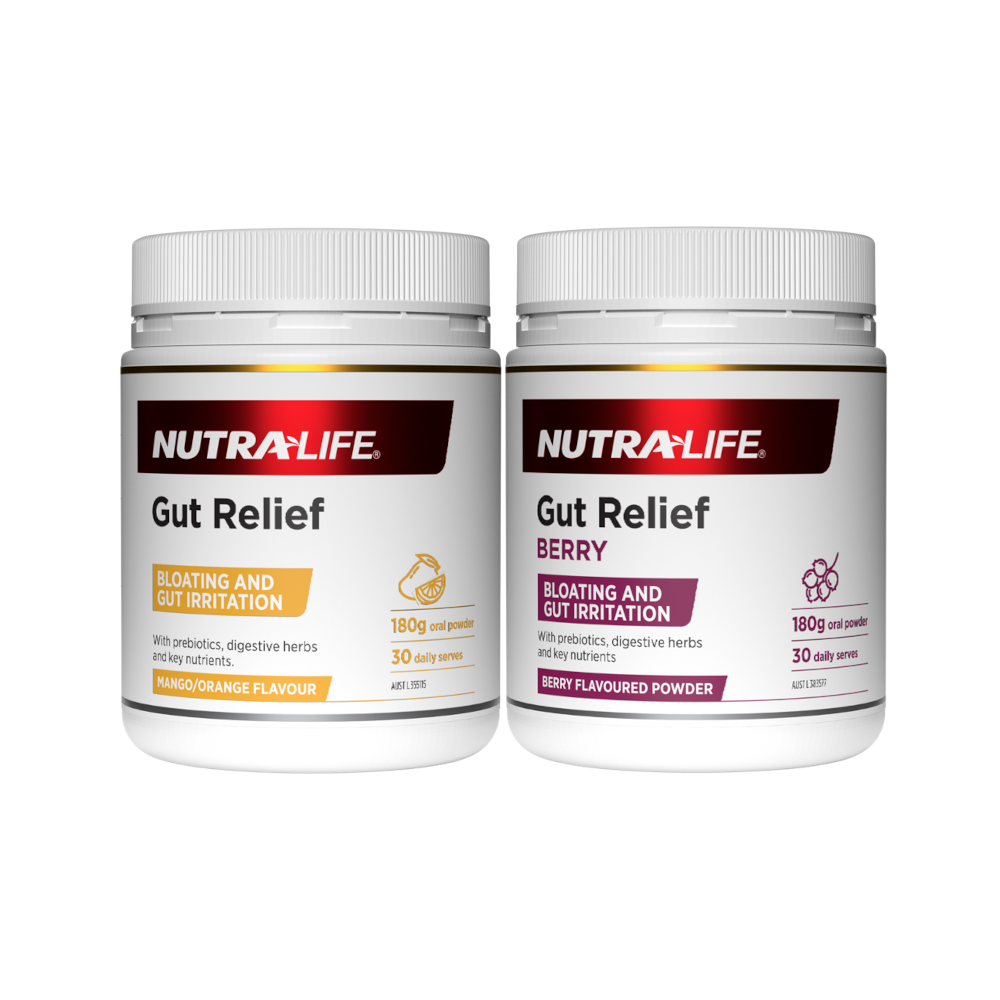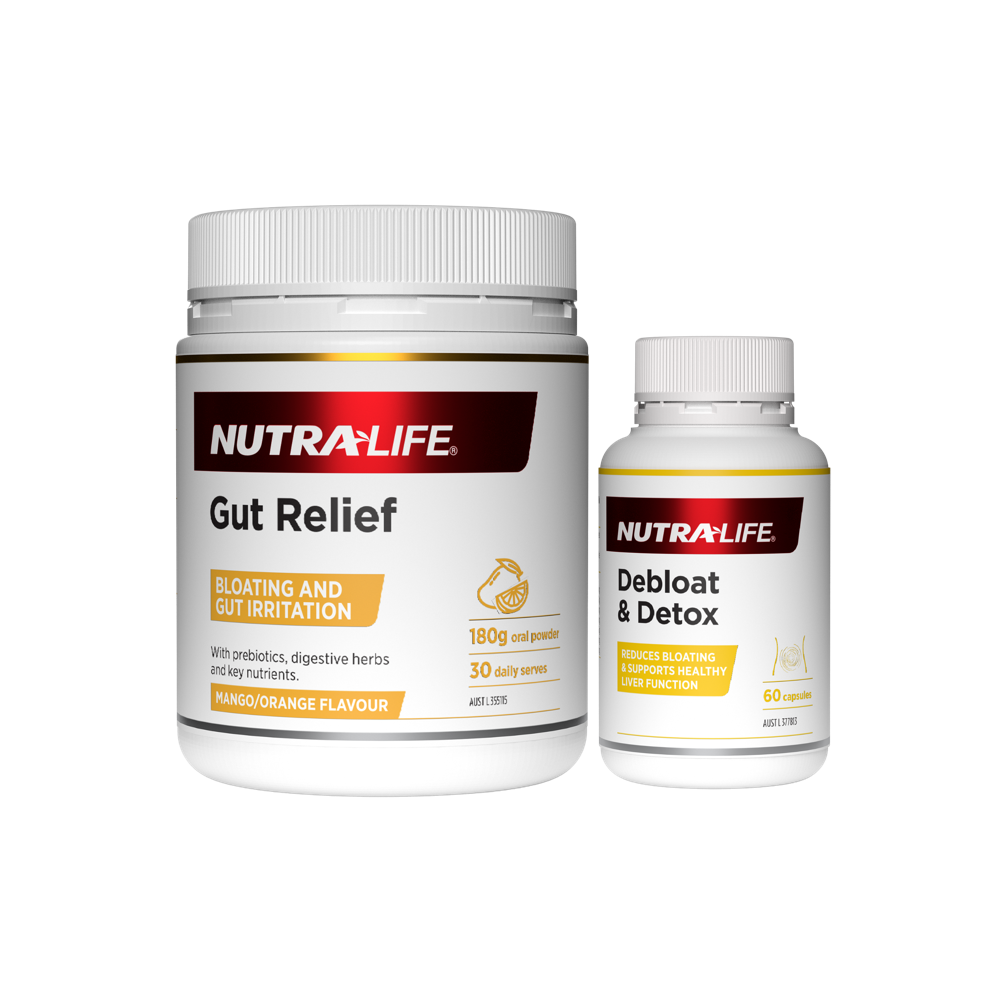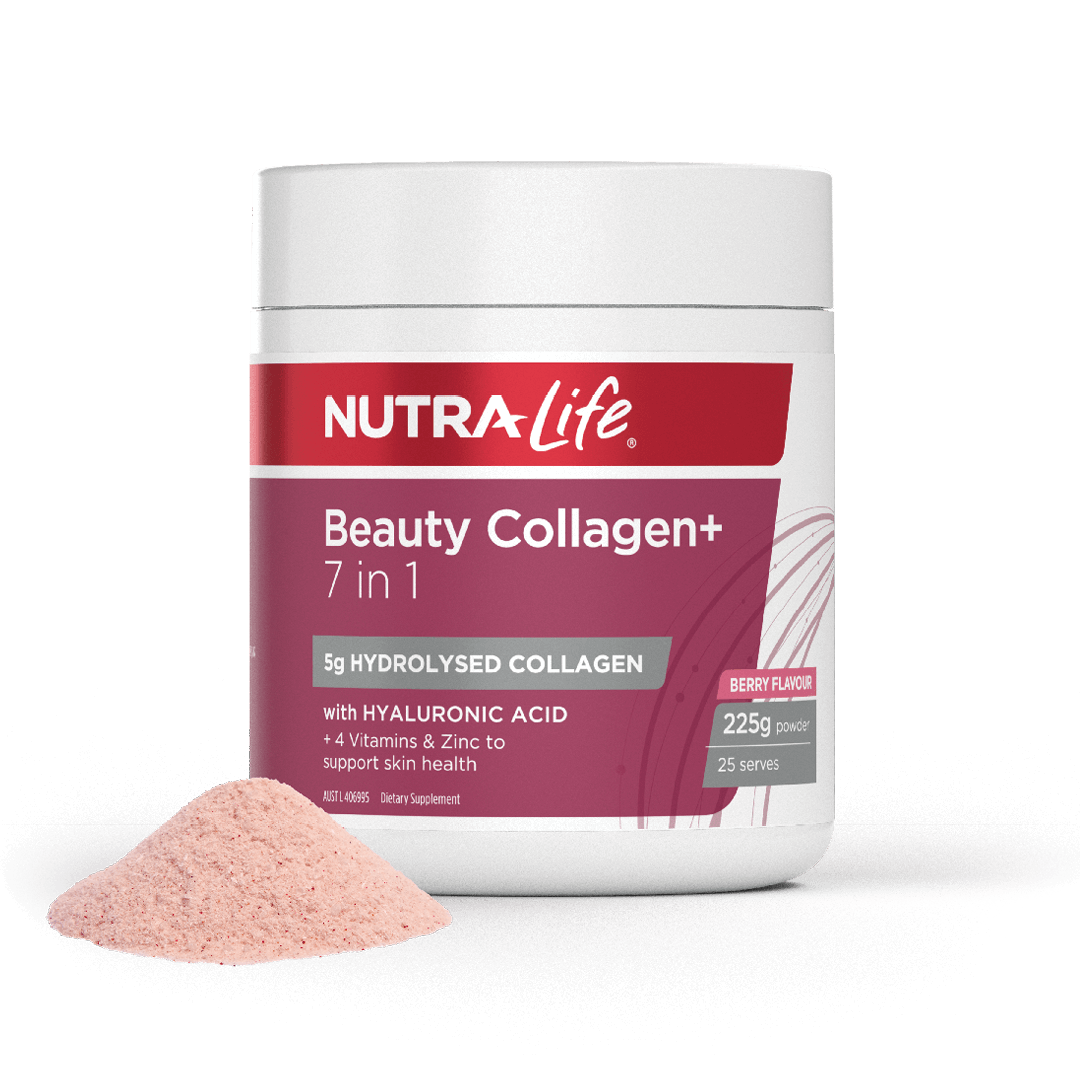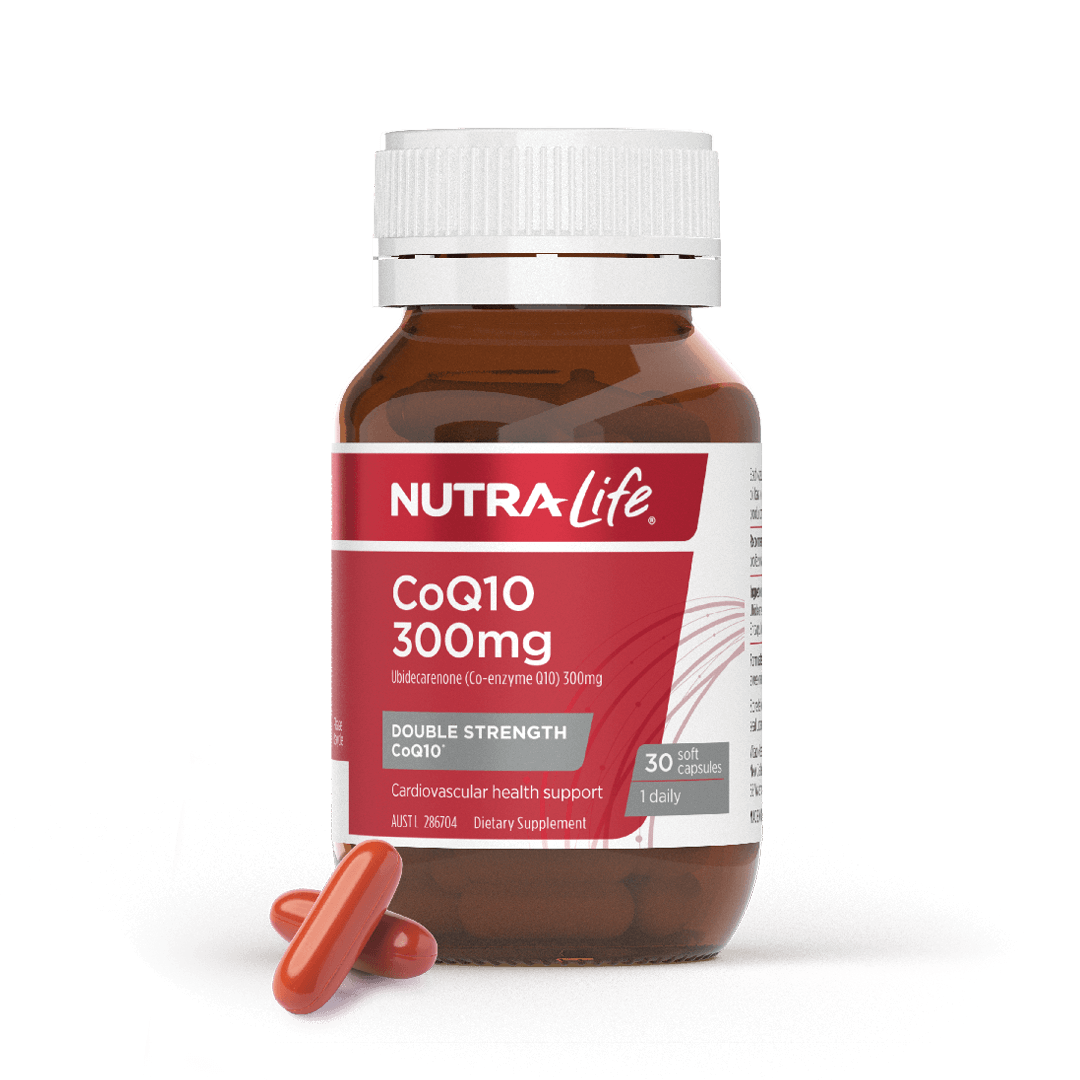Lactose is a naturally occurring sugar found in milk and dairy products. For most people, the body is able to break down and digest lactose without issue. However, for some people, this process can become problematic, leading to a condition known as lactose intolerance.
In this article, we'll explore what lactose is, how it affects the body, and how to manage the symptoms for those who experience discomfort.
What is Lactose?
Lactose is a carbohydrate, or sugar, found in the milk of mammals, including cows, goats, and humans. Chemically speaking, it's a disaccharide made up of two simpler sugars: glucose and galactose. When you consume dairy, your body uses an enzyme called lactase to break down lactose into its simpler sugar components. These simpler sugars are then absorbed into the bloodstream and used by the body for energy.
Lactose is an important source of energy for infants, which is why it's abundant in breast milk. In fact, it is present in all dairy products, from milk and cheese to yogurt and ice cream. However, not everyone is able to digest lactose effectively, which can lead to digestive discomfort.
What is Lactose Intolerance?
Lactose intolerance occurs when the body doesn't produce enough lactase, the enzyme responsible for breaking down lactose. As a result, undigested lactose moves through the digestive system and enters the colon, where it can cause a range of unpleasant symptoms.
Lactose intolerance is quite common. In fact, some information suggests that about 15-25% of people in Australia and New Zealand experience some degree of lactose intolerance. It is more prevalent among certain ethnic groups, particularly those of East Asian, Indigenous Australian, and African descent. In contrast, people of Northern European descent tend to have a higher rate of lactase persistence, meaning they continue to produce lactase throughout adulthood.
Key statistics:
The prevalence of lactose intolerance can be difficult to estimate as studies often rely on self-reported symptoms. However, here are some of the reported ranges:
- Approximately 20-30% of Australians and New Zealanders experience some form of lactose intolerance
- Around 60-90% of people of East Asian descent are affected by lactose intolerance
- The condition is less common among people of European descent, with estimates ranging from 5-15% of the population
What Are the Signs and Symptoms of Lactose Intolerance?
The symptoms of lactose intolerance typically occur within 30 minutes to two hours after consuming dairy products. These symptoms can range from mild to severe, depending on the individual's level of lactase deficiency.
Common signs and symptoms of lactose intolerance include:
- Bloating: A feeling of fullness or swelling in the abdomen
- Diarrhoea: Loose, watery stools often accompanied by an urgency to go to the bathroom
- Stomach cramps: Pain or discomfort in the stomach area
- Gas and flatulence: Increased gas production in the digestive system, which can cause bloating and discomfort
- Nausea: Some individuals may feel nauseous, especially if they have consumed a large amount of dairy
These symptoms occur because undigested lactose in the colon interacts with bacteria, which ferment the sugar and produce gases and acids that irritate the gut. If you frequently experience these symptoms after eating dairy, it may be time to consider whether you have lactose intolerance.
How Do You Know if You Are Lactose Intolerant?
If you suspect you may have lactose intolerance, the best course of action is to consult with a healthcare professional who can help with diagnosis. There are several ways to confirm whether lactose intolerance is the cause of your symptoms.
1. Lactose Tolerance Test: This test involves drinking a liquid that contains high levels of lactose. Afterward, your blood sugar levels are measured at regular intervals. If your blood sugar does not rise as expected, it may indicate that your body is not properly digesting lactose.
2. Hydrogen Breath Test: This is the most commonly used test for diagnosing lactose intolerance. After drinking a lactose-rich solution, your breath is measured for hydrogen levels. If your body is unable to digest lactose, the bacteria in your colon will ferment the sugar and produce hydrogen, which is detectable in your breath.
3. Stool Acidity Test: This test is typically used for young children or infants who cannot undergo the other two tests. It measures the acidity in stool, as undigested lactose in the colon can lead to the production of lactic acid and other organic acids.
It's important to differentiate between lactose intolerance and other digestive disorders that may cause similar symptoms, such as irritable bowel syndrome (IBS), coeliac disease, or inflammatory bowel disease (IBD). Your healthcare professional can help rule out these conditions.
Lactose Intolerance Solutions
While there is no cure for lactose intolerance, here are several effective options that can help manage symptoms and make consuming dairy more comfortable.
1. Lactase supplements: One of the most common solutions for lactose intolerance is the use of lactase enzyme supplements. These supplements help break down lactose, making it easier for the body to digest. Nutra-Life Lactose Digest, is a supplement specifically designed to aid those who experience discomfort after consuming dairy. By taking Lactose Digest just before a dairy-containing meal or snack, individuals can help relieve common symptoms like bloating, flatulence and abdominal pain associated with lactose intolerance.
2. Dairy alternatives: Many people with lactose intolerance find that switching to lactose-free dairy products or plant-based alternatives (such as almond, soy, or oat milk) helps avoid unpleasant symptoms.
3. Gradual introduction: Some individuals may be able to tolerate small amounts of dairy, especially if it is consumed with other foods. Gradually introducing dairy into your diet and observing your body's response may help you pinpoint which foods and amounts are tolerable.
4. Probiotics: In some cases, probiotics may help improve gut health and aid digestion. Certain probiotic strains have been shown to improve lactose digestion by enhancing the breakdown of lactose in the gut.
Where Can I Buy Nutra-Life Lactose Digest?
Nutra-Life Lactose Digest is a high strength supplement formulated to help those manage symptoms associated with lactose intolerance. It contains lactase enzymes (Tilactase), which helps to break down the lactose in dairy products, making it easier to digest and reducing the discomfort that often accompanies dairy consumption.
Nutra-Life Lactose Digest is available directly from our website or through selected health retailers.
If you're tired of avoiding dairy altogether or simply want to enjoy your favourite foods without discomfort, Lactose Digest may be the solution you've been looking for. Simply chew 1 tablet before meals containing dairy and enjoy the freedom to indulge without worry!
By understanding lactose and the symptoms of lactose intolerance, you can make more informed choices about how to manage the condition. Whether through dietary changes, supplements like Lactose Digest, or other strategies, relief is available, and you don't have to let lactose intolerance control your life.
References:











